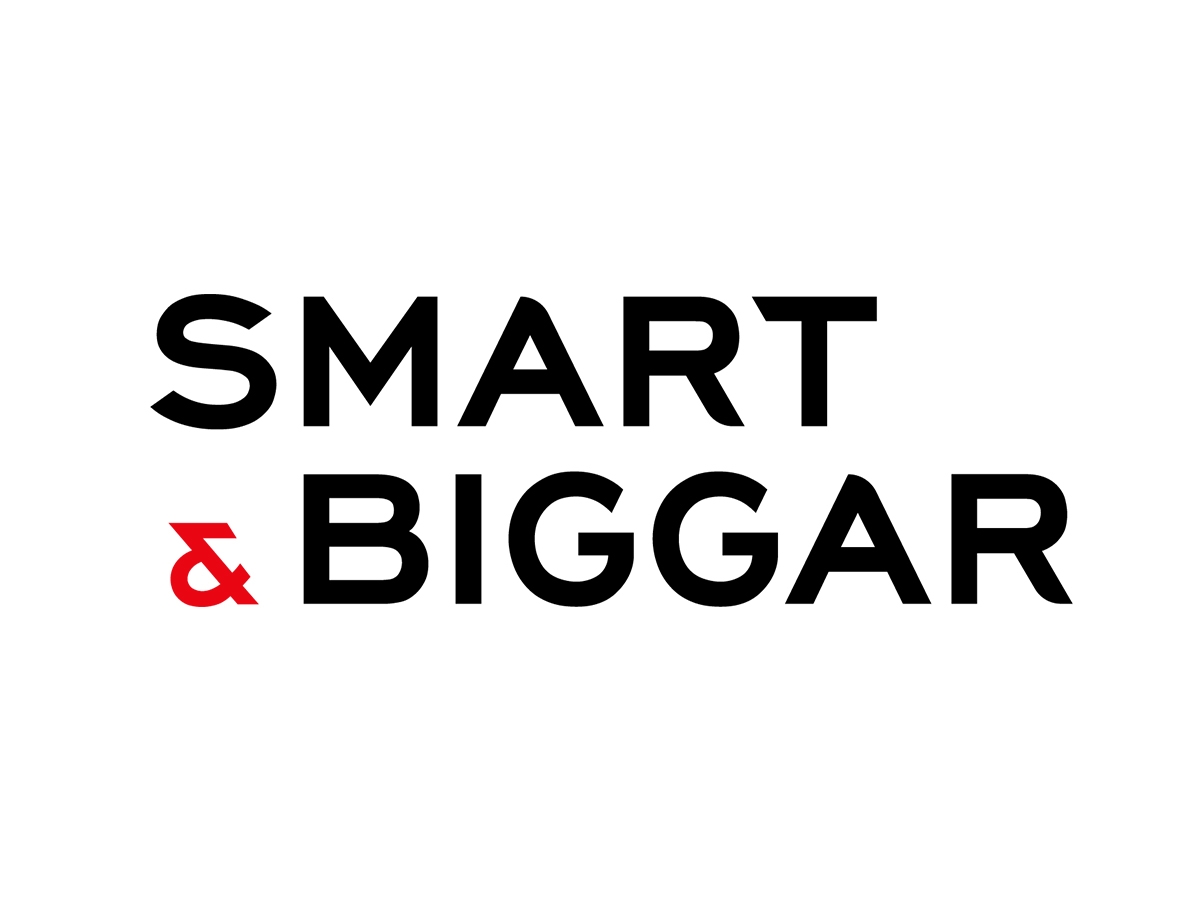Presenting the Evidence for Patent Eligibility Reform: Part II
“Numerous studies have shown that the Supreme Court’s changes to subject matter eligibility law…have decreased confidence in the U.S. patent system… [and] decreased private investment in key areas of technology that rely on patents.”
The muddled state of patent eligibility law has direct and significant negative consequences for U.S. R&D investment, and for innovation in key fields of medical, economic, and strategic importance to the United States and its citizens. Uncertainty reduces R&D investment, as has been well-documented, and reliable patent protection mitigates uncertainty and generates increased R&D investment. As we explained in Part I of this series, the experts overwhelmingly agree on these points.
Rigorous Studies Have Shown the Adverse Effect on Innovation
Unsurprisingly, numerous studies have shown that the Supreme Court’s changes to subject matter eligibility law through Myriad, Mayo, and Alice have decreased confidence in the U.S. patent system, decreased private investment in key areas of technology that rely on patents, decreased commercialization of innovations in these areas, and created threats to America’s economic, social and national security interests. These include:
- David O. Taylor, Patent Eligibility and Investment, 41 Cardozo L. Rev. 2019 (2020). Based on results of a survey of 475 venture capital and private equity investors, this report concludes that:
- Investors overwhelmingly believe that patent eligibility is an important consideration in investment decisionmaking, and that reduced patent eligibility makes it less likely their firms will invest in companies developing technology.
- Almost 40% of investors who knew about at least one of the Supreme Court’s eligibility decisions indicated that they had negative effects on their firm’s existing investments, while only about 15% of these investors reported positive effects.
- For future investments, almost 33% of knowledgeable investors indicated that these cases caused their firms to either decrease future investment in affected areas, or shift investments out of biotechnology, medical device, pharmaceutical, and software and Internet industries into other areas.
- Sixty-two percent (62%) of investors “agreed that their firms are less likely to invest [in companies developing patent-ineligible technologies] given the unavailability of patents, while only twenty percent disagreed.”
- Sasha Hoyt, The Impact of Uncertainty Regarding Patent Eligible Subject Matter for Investment in U.S. Medical Diagnostic Technologies, 79 Wash. & Lee L. Rev. 397 (2022). In one of the most recent empirical studies available (Winter 2022), the author used venture capital investment data collected from PwC Money Tree and concluded that, in the four years following Mayo, investment in disease-diagnostic technologies was nearly $9.3 billion dollars lower than it would have been absent Mayo. The author reports that the results are statistically significant. The author also reports that, while the yearly investment totals for disease-diagnostic technologies have generally increased in the years following Mayo, they have increased at a lower rate compared to all other industries.
- Mark F. Schultz, The Importance of an Effective and Reliable Patent System to Investment in Critical Technologies, USIJ Policy Report (July 2020). This analysis of PitchPoint data from 2004 to 2017 shows that, while venture capital funding in general grew during that period, the share of money invested in patent-intensive startups focusing on critical technologies such as medical devices/supplies, pharmaceuticals, and biotechnology declined from over 50% in 2004 to about 28% in 2017. The share of funding for businesses developing patent-intensive, high-tech hardware, such as computer hardware and semiconductors, also dropped significantly. In contrast, less patent-intensive sectors (such as social networking, consumer finance, food and beverage, restaurants, and hotels/leisure) attracted a significantly larger share of venture capital in recent years. The study identifies the declining state of patent-eligibility law under Bilski/Mayo/Myriad/Alice as one of the “key changes” responsible for this substantial downward trend.
- Kevin Madigan & Adam Mossoff, Turning Gold to Lead: How Patent Eligibility Doctrine is Undermining U.S. Leadership in Innovation, 24 Geo. Mason L. Rev. 939 (as updated Dec. 2019). This empirical study, which was updated in December 2019 identified 1,310 U.S. patent applications that were abandoned following eligibility rejections under the Alice-Mayo framework, and yet had issued patent family members in either China or Europe. The study also concludes that almost half of the abandoned applications (618 of the 1,310) were directed to diagnosis or treatment of important diseases like heart failure, cancer, Alzheimer’s disease, and diabetes. Given the robust evidence that R&D investment declines without patent protection—including Professor Taylor’s direct findings that investors stopped investing or shifted investments out of technologies that lost or could not obtain patent protection after Mayo/Alice—this study validates the conclusion that current §101 jurisprudence is not only negatively impacting patent grants, but is also harming innovation in areas critical to American healthcare and global innovation leadership.
- National Security Commission on Artificial Intelligence, Final Report (Mar. 2021). In its final report issued in March 2021, the National Security Commission on Artificial Intelligence (NSCAI) concluded that, in contrast to China, “the United States has failed to similarly recognize the importance of IP in securing its own national security, economic interests, and technology competitiveness,” and that the U.S. “has not developed comprehensive IP policies to incentivize investments in and protect the creation of artificial intelligence (AI) and other emerging technologies.” According to this U.S. government report, one central reason for this “policy void” is the “legal uncertainties created by current U.S. patent eligibility and patentability doctrine,” a result of which is that the “U.S. could lose its prime position in IP global leadership.” at 201. The report further concludes that “U.S. courts have severely restricted what types of computer-implemented and biotech-related inventions can be protected under U.S. patent law” and that “critical AI and biotech-related inventions have been denied patent protection since 2010.” Id. The NSCAI report further observes that, while the impact of current Section 101 law “might not be immediate, the long-term effects on AI and other emerging technology developments and competitiveness are concerning.” Id.
- Rocky Berndsen, Harrity LLP, Titans of Technology: Blockchain / The Top Companies in Blockchain Patents 2021 (Sept. 7, 2021). In this recent report on the blockchain patent landscape, the authors conclude that China is far outpacing the U.S. when it comes to blockchain filings, nearly 2-1 on issued patents and 5-1 on pending applications. The report does not explore the reasons for this major gap, but the disarray of U.S. eligibility law is certainly one of the most important reasons.
- Shahrokh Falati, Patent Eligibility of Disease Diagnosis, 21 N.C. J.L. & Tech. 63 (2020). Analyzing a variety of data and sources, the author concludes that, “since the Alice decision, it has become much harder to obtain patents in certain industries, especially in the medical diagnostics and software industries.” The article identified further problems associated with trying to obtain patent protection for diagnostic inventions:
- “Unfortunately, this has stymied the development of specialized software related to medical diagnostics, such as artificial intelligence (AI) for better deciding and diagnosing disease based on rapid readings and extrapolations of large data sets. The practical results of which have been that innovation goes where it has the best chance to grow.”
Collectively, the above studies and articles demonstrate that (1) unreliable patent protection depresses investment in R&D in key areas, including those that generate economic growth, lead to important innovations, and enable the U.S. to compete with China; (2) those investments have declined in the U.S. due to unreliable patent protection; and (3) patent filings in areas affected by Section 101 have dropped in the U.S. while, at the same time, increasing in China. Putting these points together, Section 101 is causing the U.S. to lose ground against China, and to decrease R&D investment incentives in key industries of major importance to America’s strategic and public interests.
In the next article in this series, we will detail the ample evidence demonstrating that current Section 101 law has harmed innovation by removing the incentives to develop and commercialize particular inventions of public importance.
Image Source: Deposit Photos
Image ID: 46260043
Author: kchungtw
Judge Paul Michel (Ret.)
The Honorable Paul Redmond Michel was appointed to the United States Court of Appeals for the Federal Circuit in March of 1988 by President Ronald Reagan. On December 25, 2004, he […see more]
David Kappos
David Kappos is a partner at Cravath Swaine & Moore. He is widely recognized as one of the world’s foremost leaders in the field of intellectual property, including intellectual property […see more]
Corey Salsberg
Corey Salsberg is the Vice President and Global Head of IP Affairs for Novartis, one of the world’s leading innovative biopharmaceutical companies. He also serves as Secretary of the Board […see more]
Matthew Dowd
Matthew Dowd is Founder and Managing Partner at Dowd Scheffel PLLC. He focuses his skills on complex appellate and trial litigation, with an emphasis on patent and intellectual property issues. […see more]










